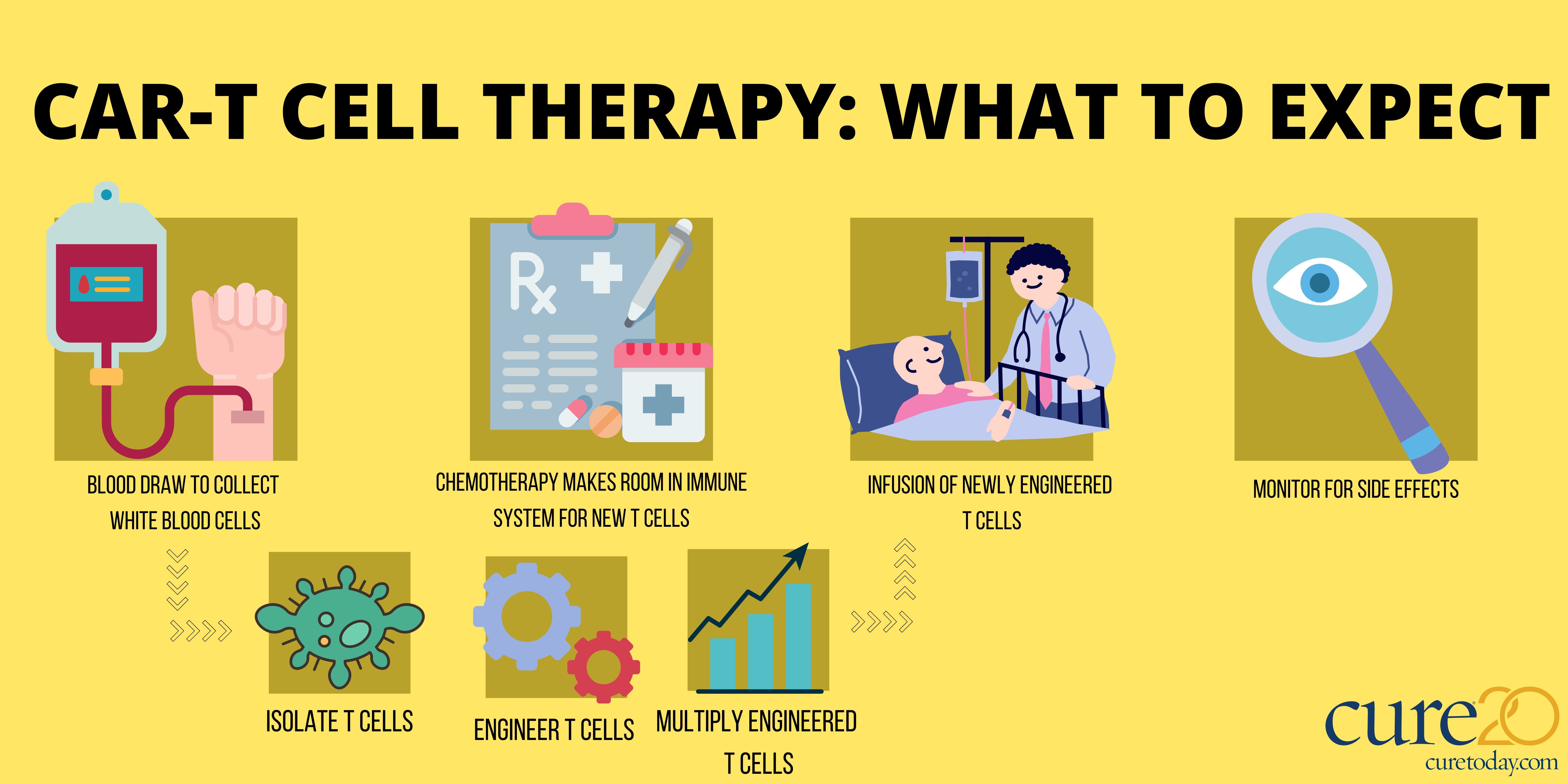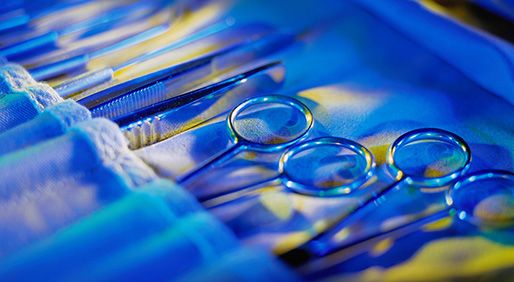News
Article
CAR-T Cell Therapy Is ‘Exciting’ in Advanced Kidney Cancer
Author(s):
While CAR-T cell therapy is showing promise in treating patients with advanced renal cell carcinoma, there is still more research that needs to be done in this arena.
CAR-T cell therapy holds promise to become a standard of care for patients with advanced renal cell carcinoma (RCC) who experienced progression on checkpoint inhibitors and VEGF inhibitors, according to Dr. Michael Hurwitz.
Several clinical trials are ongoing in RCC, most of which involve therapies targeting CD70, as well as CAIX, AXL, ROR2, VEGFR2, MUC1 and c-MET.
“The ones I’m going to concentrate on today are the CAIX and CD70 (because) those are the only ones for which we have results,” noted Hurwitz, associate professor of internal medicine (medical oncology) at Yale School of Medicine in New Haven, Connecticut, in a presentation delivered during the 2023 International Kidney Cancer Symposium.
CAR-T cell therapies, which are typically used in the blood cancer space, work by re-engineering a patient's immune system to find and fight cancer.

The first trial Hurwitz covered was that of a CAIX CAR-engineered T cell, results from which showed the importance of the “on-tumor, off-target effect.” Although CAIX is highly expressed in kidney cancer, it is also found in biliary epithelium. In the trial, half of patients in the first two cohorts had dose-limiting liver toxicity, but when an anti-CAIX antibody was administered to patients in the third cohort to mitigate the toxicity, no objective responses occurred.
An alternative target is CD70, Hurwitz said, with high expression across clear cell, papillary, sarcomatoid, chromophobe and translocation histologies.
Hurwitz first discussed the phase 1 COBALT-RCC trial, which evaluated CTX130 allogeneic CRISPR-Cas9–engineered CAR T cells in patients with advanced clear cell RCC.
“The advantages (of allogeneic products) are you don’t have to wait four weeks to get this into patients; the cells that you get are from healthy donors (with an) intact immune system, and you can make tons of it,” Hurwitz noted.
The trial evaluated four dose levels ranging from 3x107 to 9x108 CAR-T cells, but only one response was seen in the first dose level cohort. Nine patients experienced stable disease, translating to a disease control rate (DCR) of 77% (10 patients). By four months, only four patients remained in stable disease. The one patient with partial response reached complete response by month three and has sustained this response through month 18.
The product was also safe, with no side effects leading to dose limitations observed across any of the dose levels. Overall (14 patients), seven patients experienced grade 1/2 cytokine release syndrome (CRS) and four patients experienced infections (grade 1/2, 2 patients; grade 3 or higher, two patients).
“There were no instances of tumor lysis syndrome, infusion reactions, HLH, ICANS, GVHD or second malignancies,” Hurwitz noted.
Another allogeneic cell therapy, data from which were presented at the 2023 AACR Annual Meeting, has also generated excitement for the future of cellular therapy. In results from the phase 1 TRAVERSE trial, ALLO-316 demonstrated preliminary antitumor activity in patients with advanced or metastatic clear cell RCC.
The trial was similar to COBALT-RCC in that investigators evaluated an anti-CD70 allogeneic CAR T-cell therapy. However, the studies had several differences.
“They knocked out the T-cell receptor, so they wouldn’t recognize the recipient, and they knocked out CD52. The reason they did that is so they could use an anti-CD52 antibody, and that’s very immunosuppressive. They do that to make sure that these T cells stay around. They also knocked out CD70 because although CD70 is highly expressed in kidney cancer cells, it also is upregulated on active immune cells and they were worried about fratricide,” Hurwitz said.
The product was shown to be “pretty safe” Hurwitz said, although the rate of all-grade cytokine release syndrome was 58% (grade 3 or higher, 5%). In addition, among all patients who received ALLO-316 (19 patients), infusion-related reactions (all grade, 5%), neurotoxicity (all grade, 68%; grade 3 or higher, 11%), infection (all grade, 42%; grade 3 or higher, 21%) and prolonged grade 3 cytopenia (16%) occurred. Higher efficacy was seen with the product, Hurwitz said, with an objective response rate (ORR; percentage of patients whose disease shrinks or disappears from treatment) of 17% and a DCR of 89% among the 18 patients evaluable for efficacy.
Notably, in patients with CD70-positive disease (10 patients), the ORR was 30% and the DCR was 100%. Moreover, median progression-free survival (time from treatment until disease worsens or death) was five months in this population.
“They also showed that even 70 or 80 days out if they use a very strong conditioning regimen, the (cells) stayed around a long time. And we know that durability of response has to do with persistence of the cells,” Hurwitz said. Additionally, ALLO-316 was shown to eliminate CD70-positive host T cells, preventing allorejection and supporting persistence.
Hurwitz concluded by explaining that for CAR-T cell therapy to land in the kidney cancer armamentarium, several challenges will need to be addressed including persistence, antigen loss from therapy, tumor microenvironment toxicity and the inability to infiltrate the tumor.
“This (area of research) is exciting, there are some responses, (but) we’re not there yet. This is just the beginning because there are many different technologies that we can use to make these T cells much more effective,” he said.
For more news on cancer updates, research and education, don’t forget to subscribe to CURE®’s newsletters here.





